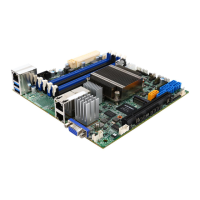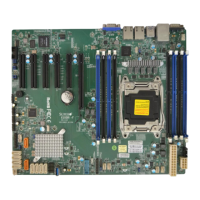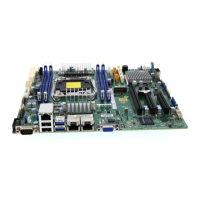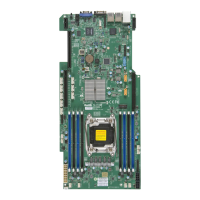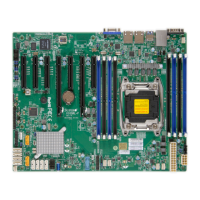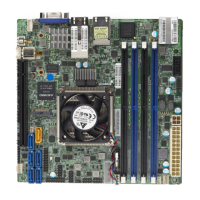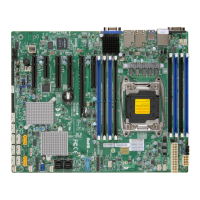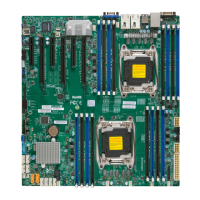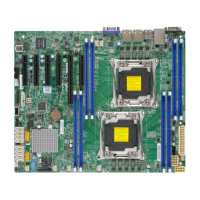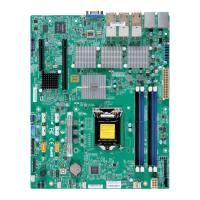
Do you have a question about the Supermicro X10SLH-LN6TF and is the answer not in the manual?
| Socket Type | LGA 1150 |
|---|---|
| Chipset | Intel C226 |
| Memory Slots | 4 |
| Maximum Memory | 32 GB |
| Video Outputs | 1 x VGA |
| Memory Type | DDR3 |
| Storage Interface | 6 x SATA3 (6Gbps) |
| Network Interface | 2 x Gigabit Ethernet ports |
| USB Ports | 4 x USB 3.0 (2 rear, 2 via header) |
| Expansion Slots | 1 x PCIe 3.0 x16, 1 x PCIe 2.0 x4 |
Describes the motherboard's support for Intel Xeon E3-1200 v3 processor and C226 chipset.
Outlines the structure and content of each chapter and appendix in the manual.
Explains symbols and formatting conventions used in the manual for clarity.
Provides a general introduction, checklist of retail box contents, and links to drivers/manuals.
Details the Intel C226 Express Chipset features and its capabilities.
Covers features like Recovery from AC Power Loss.
Explains onboard monitoring for voltages, fans, and temperature.
Describes Advanced Configuration and Power Interface features for power management.
Discusses power supply requirements and connectors for the motherboard.
Details the Super I/O functionality, including serial ports and ACPI support.
Covers Intel Intelligent Power Node Manager and Manageability Engine.
Lists key specifications including CPU, Memory, Chipset, Network, I/O, BIOS, and Power Configuration.
Presents industry-standard warnings related to installation and handling.
Provides precautions for handling static-sensitive components to prevent ESD damage.
Guides users through installing the motherboard into the chassis, including tools and mounting.
Explains the procedure for installing the CPU and its heatsink.
Details the process of installing DDR3 memory modules into the slots.
Identifies and describes various connectors and I/O ports on the motherboard.
Provides pin-out definitions for motherboard headers and connectors.
Explains the function and configuration of various jumpers on the motherboard.
Details the function of LEDs like Power LED, BMC Heartbeat, Unit Identifier.
Explains the front panel connectors and pins for buttons and LEDs.
Details the SATA 3.0 and SATA 2.0 connections, including RAID support.
Offers step-by-step procedures to diagnose and resolve system issues.
Guides users on how to contact Supermicro technical support effectively.
Addresses common user queries regarding memory support and BIOS updates.
Provides instructions for safely removing and installing the onboard battery.
Outlines the process for obtaining warranty service and RMA.
Introduces the AMI BIOS Setup Utility and its navigation.
Describes the initial BIOS setup screen and its main items like System Time and Date.
Details various advanced BIOS settings, starting with Boot Feature.
Explains SMBIOS Event Log settings and viewing options.
Covers configuring boot priority, deleting boot options, and driver options.
Details password protection and administrator password settings.
Explains options for saving changes, discarding changes, and exiting the BIOS setup.

